I am not a girl who enjoys sweet chocolates or bouquets, but if my partner gives me a bouquet of squash flowers, I will say yes when he proposes.
As a vegetarian, my main cravings are for foods like dinengdeng.
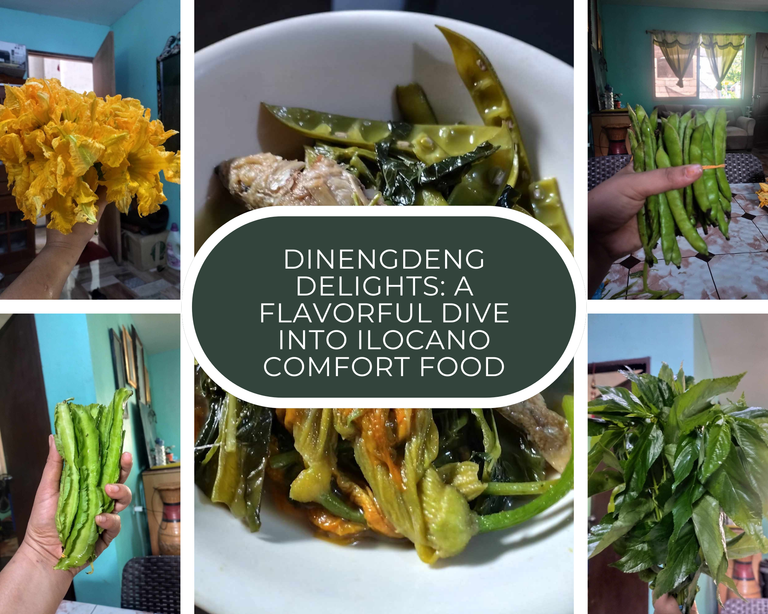
Dinengdeng is a traditional vegetable dish from the Philippines' Ilocos region. The main ingredients for this simple, filling, and delicious dish are fresh vegetables seasoned with bagoong.
That appreciation for simple, plant-based meals is admirable and justified. It's like discovering the true meaning of life, with food providing simplicity, connection, and sustenance rather than luxury.
The natural flavors, bright colors, and high nutritional content of vegetables remind us that everything we need is in nature. When you appreciate the work that goes into it, from the farmers who grew the produce to the care taken in its preparation, even a simple plate of sautéed greens, a warm vegetable soup, or a crisp salad can be fulfilling.
It is a reminder that happiness can sometimes be attained without complexity and extravagance.
I will share one of my favorite Ilocano dishes today because I usually crave it on the weekends, and I'm thankful for that because it allows me to make my favorite meal.
Dinengdeng nga sabong ti kamatis, sigarilyas, bunga ti kamatis,uggot ti utong, ken saluyot is a beautifully simple yet flavorful dish!
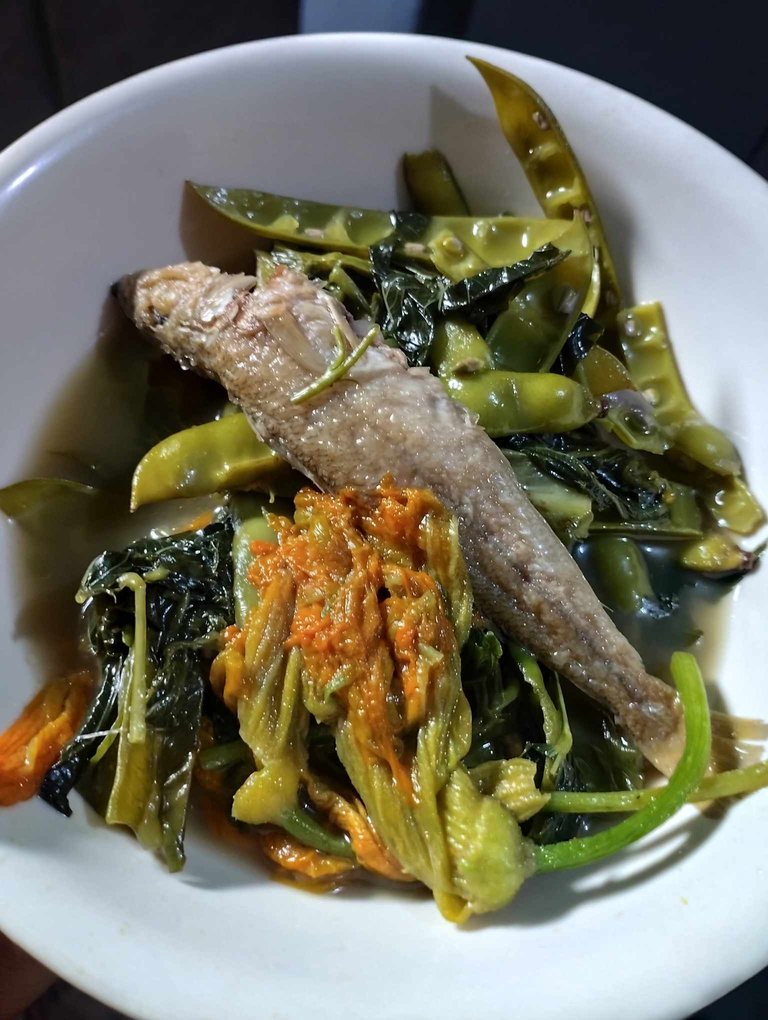
Ingredients:
Sabong ti kalabasa: In Filipino, the flowers of the squash plant are especially pumpkin or calabaza. These vivid orange or yellow blossoms are frequently used in Filipino cooking.
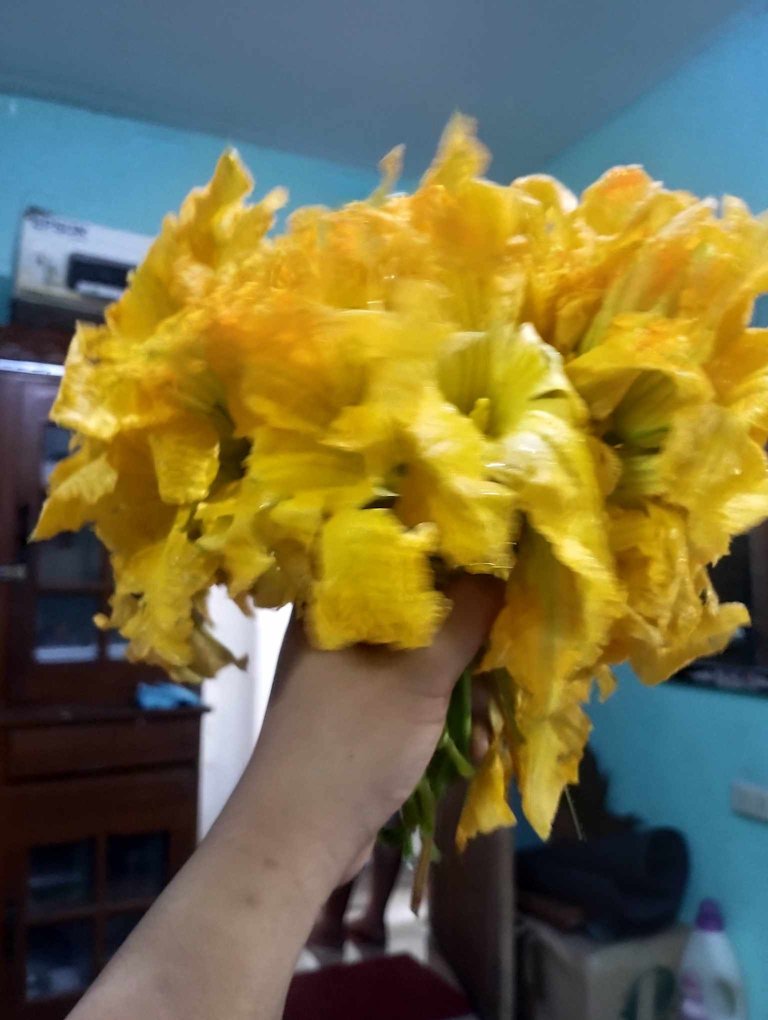
Sigarilyas: These crunchy, high-nutrient beans have wings.
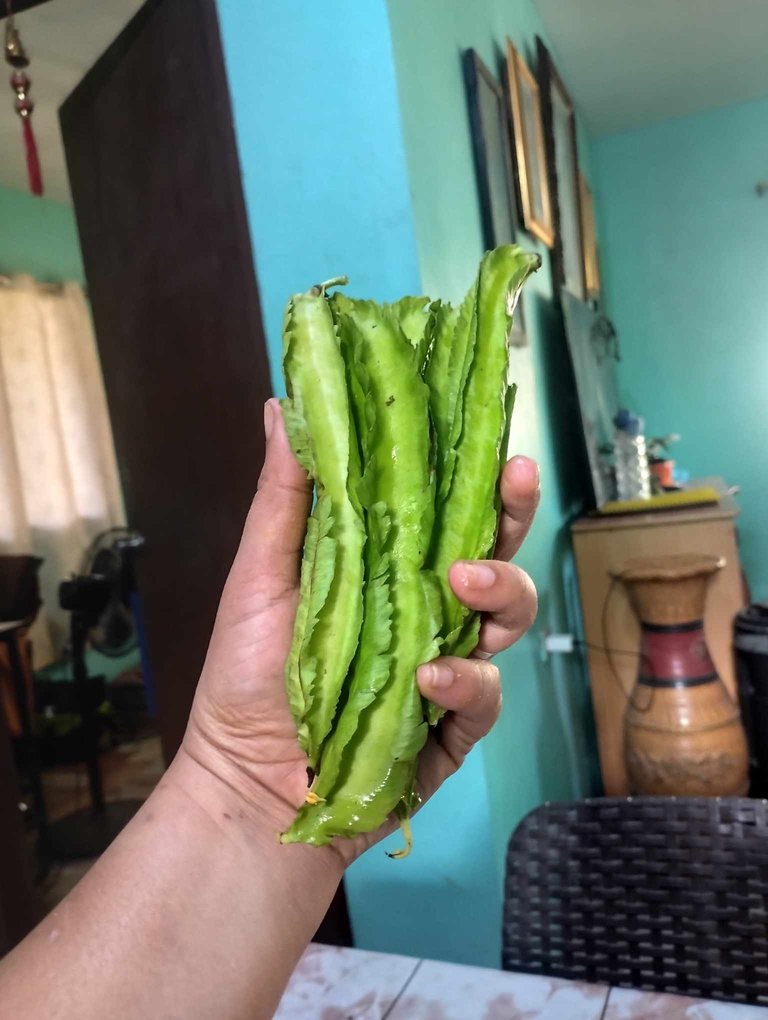
Singkamas: Although jicama is primarily known for its crunchy root, it also yields edible flowers, occasionally used in regional variations of traditional Filipino dishes like dinengdeng.
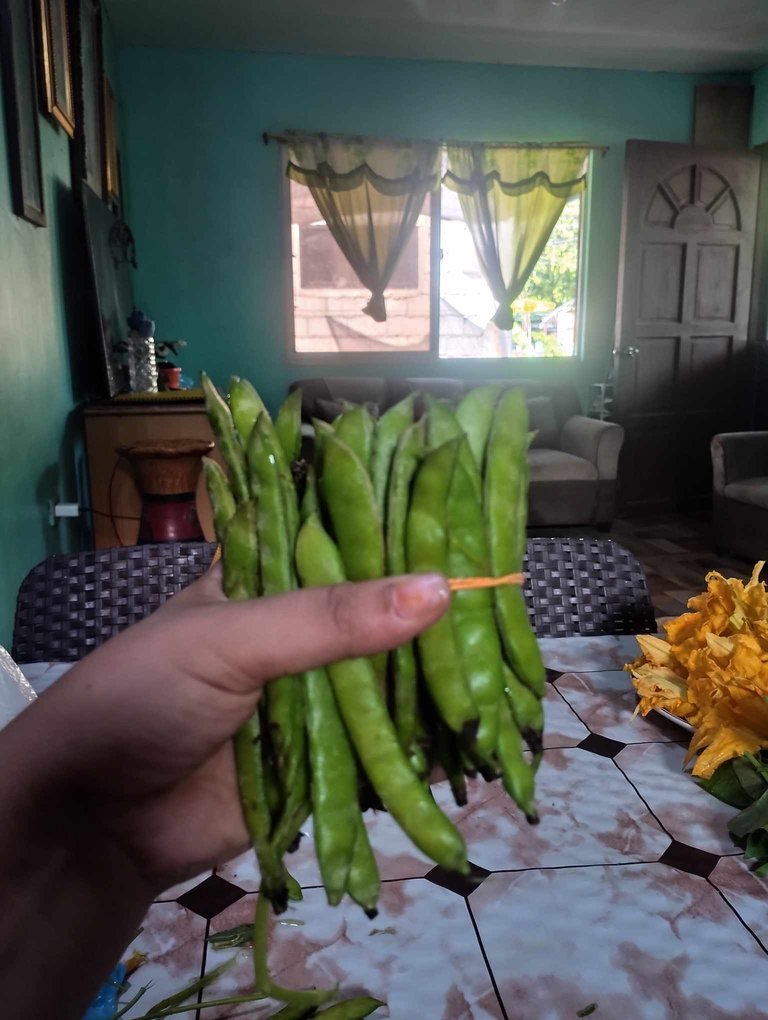
Saluyot: Jute leaves are prized for their earthy flavor and somewhat slimy texture.
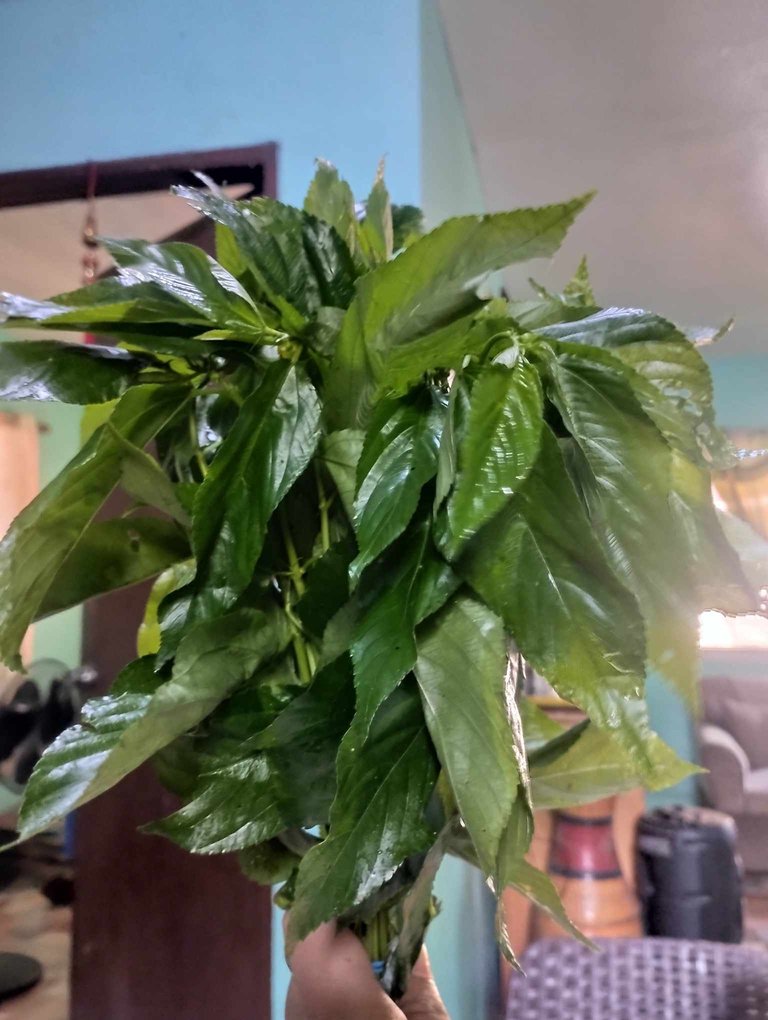
Uggot ti utong: is an Ilocano term that refers to the tips or shoots of string beans (sitaw).
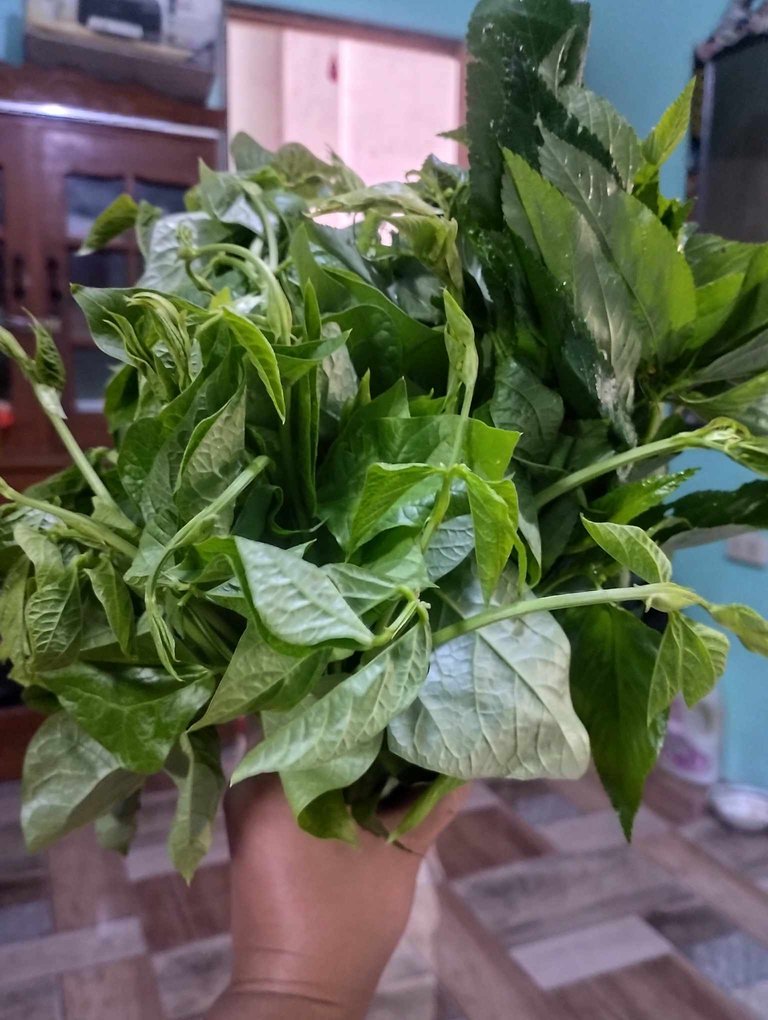
Why It's Special:
-The simplicity and organic flavors that characterize Ilocano cooking are captured in this combination, emphasizing the freshness of the vegetables.
-The dish is improved without overpowering the natural flavor of the vegetables by the broth, which is usually light and infused with bagoong (or vegetarian alternatives like miso or soy sauce).
Here’s my full recipe for Dinengdeng nga sabong ti kalabasa, sigarilyas, bunga ti kamas, ken saluyot, along with tips to make it delicious and vegetarian-friendly!
Ingredients:
Sabong ti kalabasa (squashflowers)
Sigarilyas (winged beans), cut into bite-sized pieces
Saluyot (jute leaves), cleaned and picked
Sngkamas o kamas (turnip fruit)
Uggot ti utong (tips or shoots of string beans)
2 cups water
2 tablespoons bagoong paste
1 small onion, sliced
1 clove garlic, minced (optional)
Salt, magic sarap, and betchin to taste
Fried fish to add flavor.
Cooking Instructions:
Prepare the Vegetables:
Prepare and wash every vegetable. Slice the singkamas and sigarilyas. Rinse the saluyot leaves well after separating them from their stems. Remove the squash flowers from the plant with care. Leave a tiny piece of stem attached to the flower or cut off any extra.
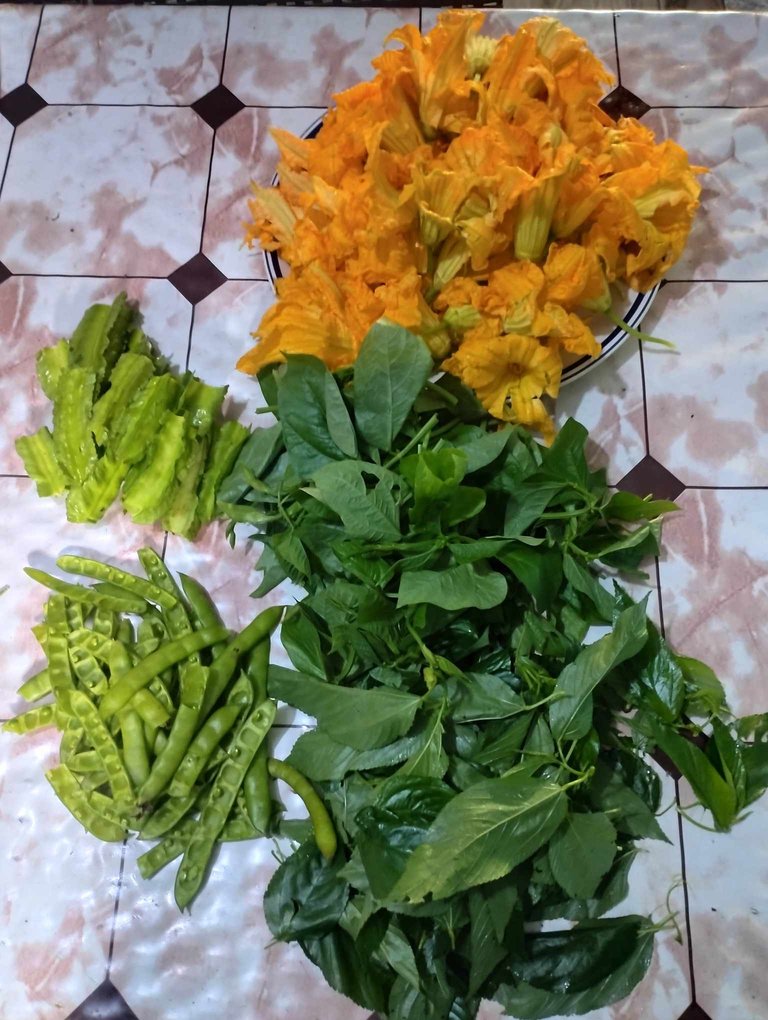
Boil the Broth:
Put two cups of water to a gentle boil in a pot. Add the fried fish, garlic, and onion slices. To flavor the broth, let it simmer for two to three minutes.
Flavor the Broth:
Add the bagoong paste to the boiling water. Add a pinch of salt, magic sarap, and betchin to adjust the saltiness if necessary. Mix thoroughly.
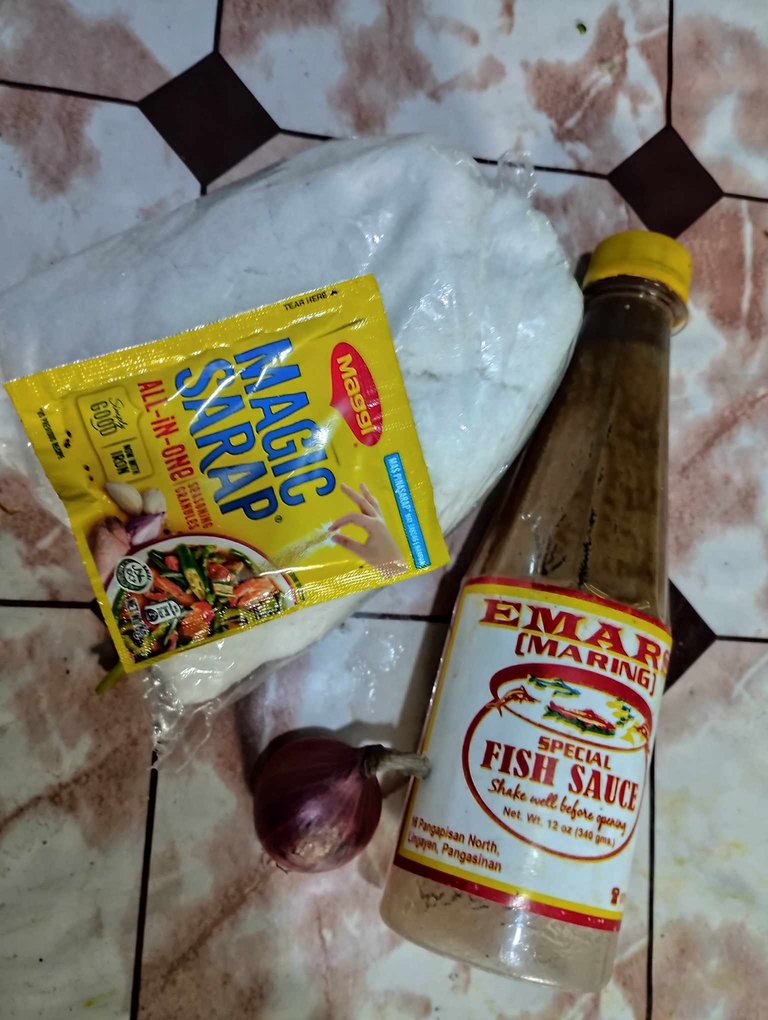
Cook the Vegetables:
Put the sigarilyas and kamas in the pot. The kamas and sigarilyas should be soft but still slightly crisp after about 5 minutes of cooking.
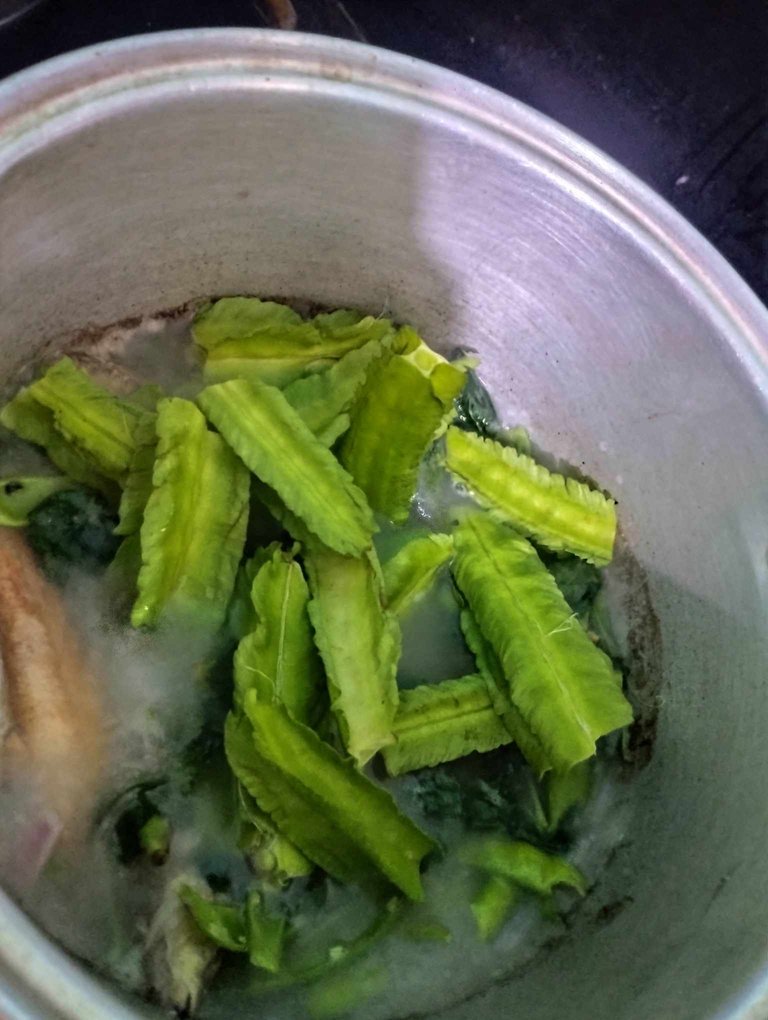
Because they cook quickly, add the saluyot and sabong ti kalabasa last.
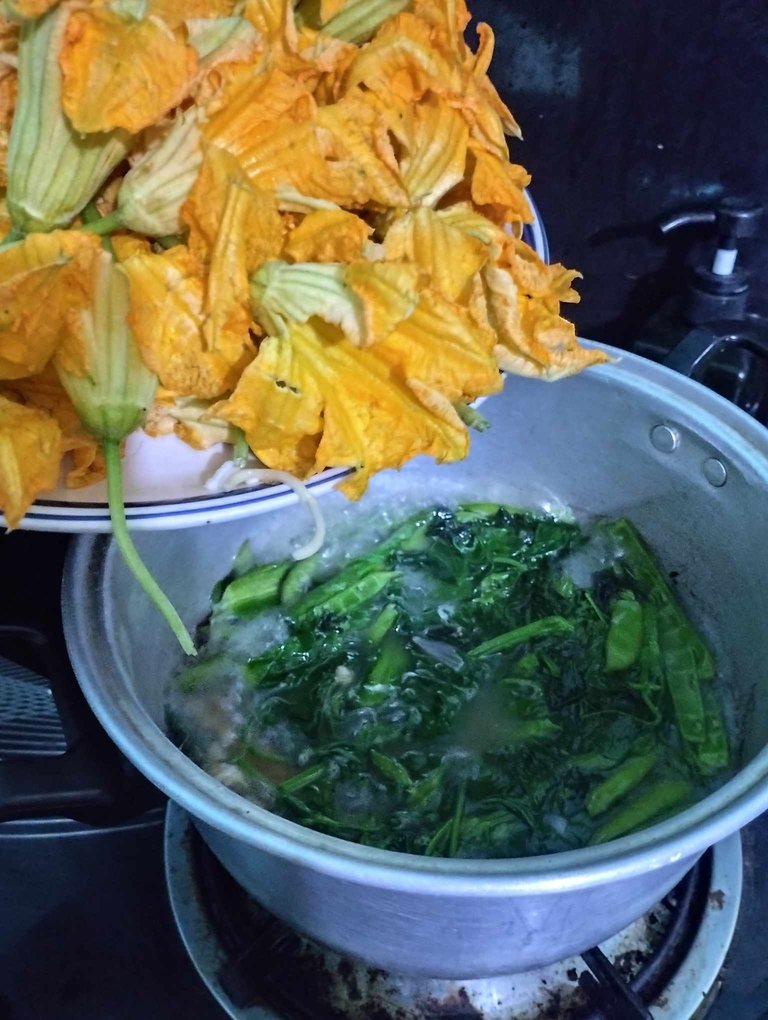
Simmer until wilted, about 1 to 2 minutes.
Taste and Adjust:
If needed, adjust the seasoning after tasting the broth. It should be a flavorful and light soup.
Serve:
With steamed rice, serve hot. Despite being light, the broth tastes great with the rice.
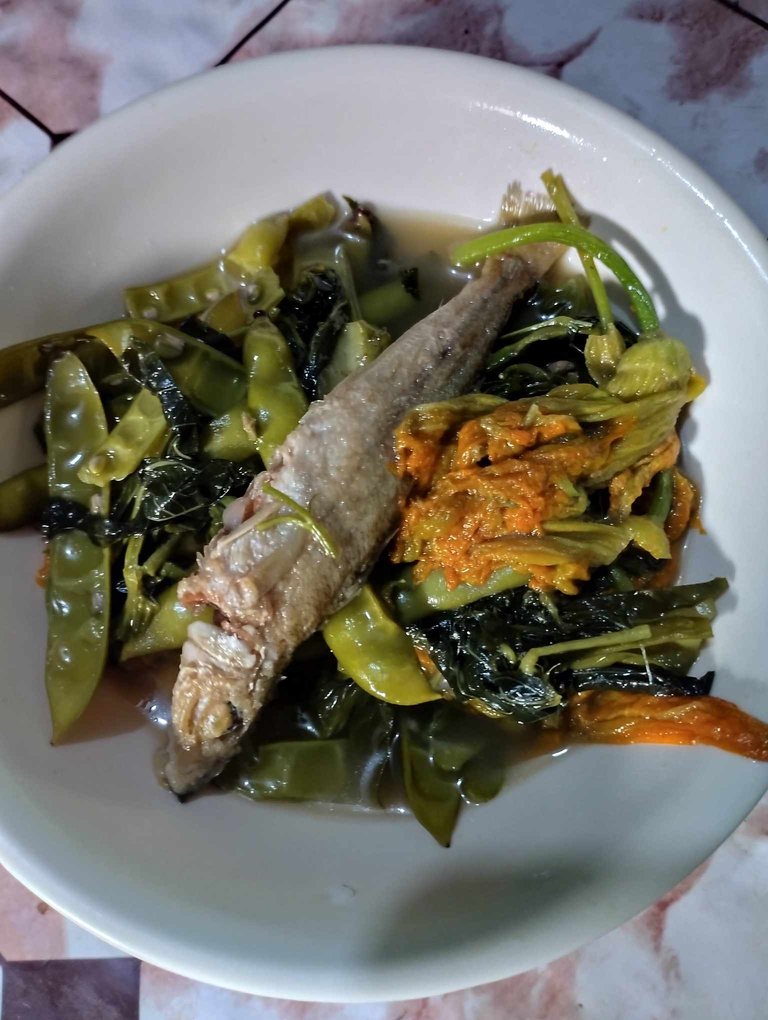
Tips for Cooking Dinengdeng:
Use Fresh Vegetables: The dish is at its best when the vegetables are fresh and locally sourced.
Don't Overcook: Overcooking can make the vegetables lose their natural texture and flavor.
Adjust Bagoong Paste Carefully: Bagoong paste can be salty, so add gradually and taste as you go.
This dish is not only simple but also packed with nutrients.
Developing a deep emotional bond with something meaningful, fulfilling, and important is a prerequisite for loving dinengdeng. Like a long embrace from your favorite food, it's the kind of love that warms and comforts you. The memories and values that accompany dinengdeng are just as appealing as the dish's flavor, despite the irresistible combination of savory broth and fresh vegetables.
Developing a deep bond with dinengdeng means falling in love with its flavor, simplicity, and people or places, all of which add to its distinctiveness.
How about you? Do you have a particular version of dinengdeng that you adore the most?
Thank you so much, and more power 🤗
Thank you! 🤗